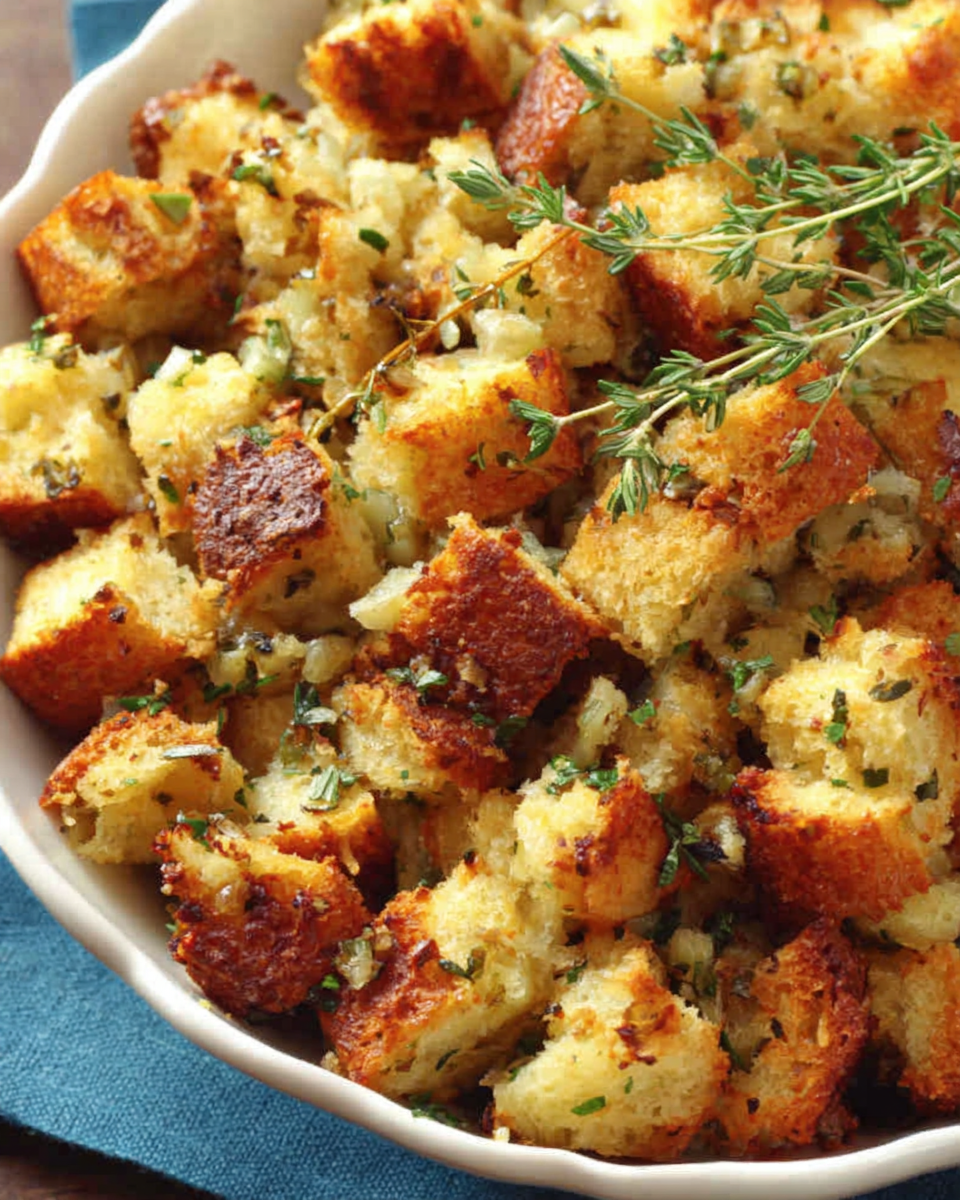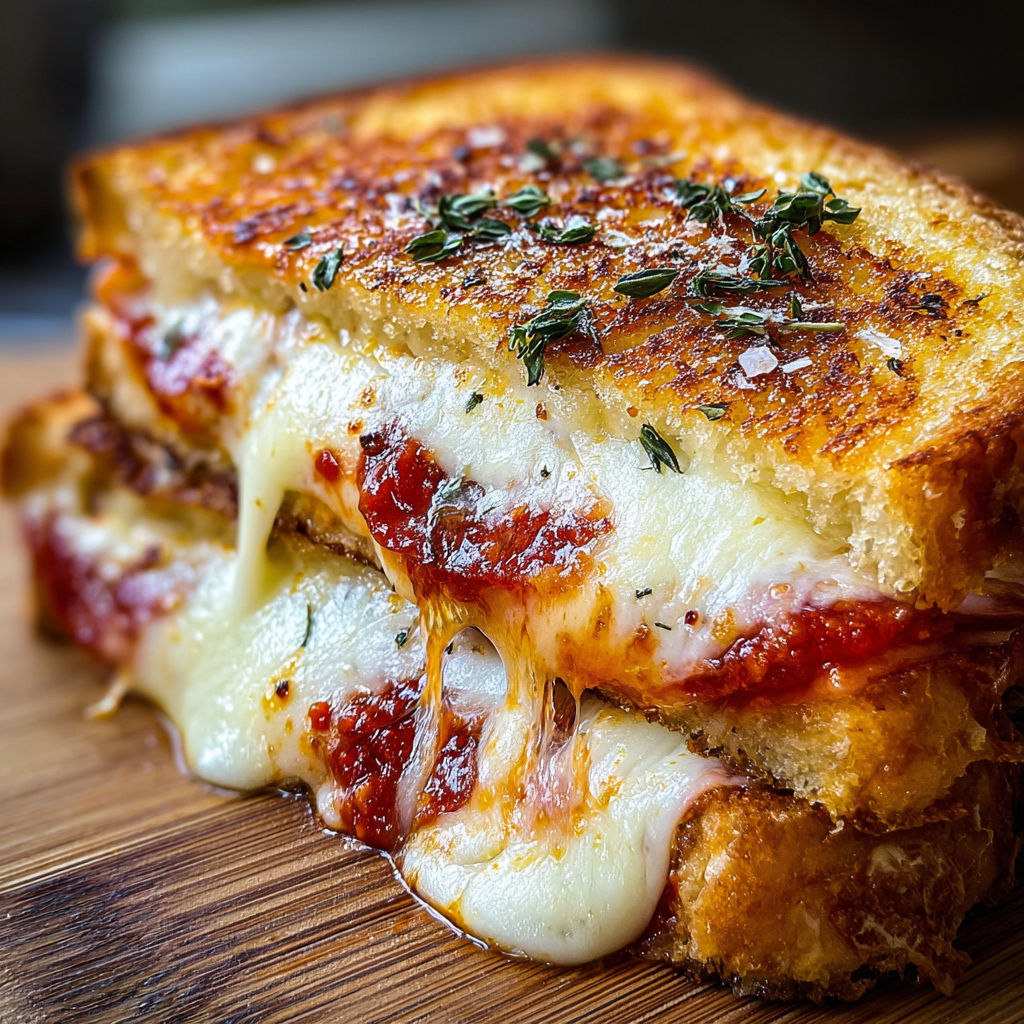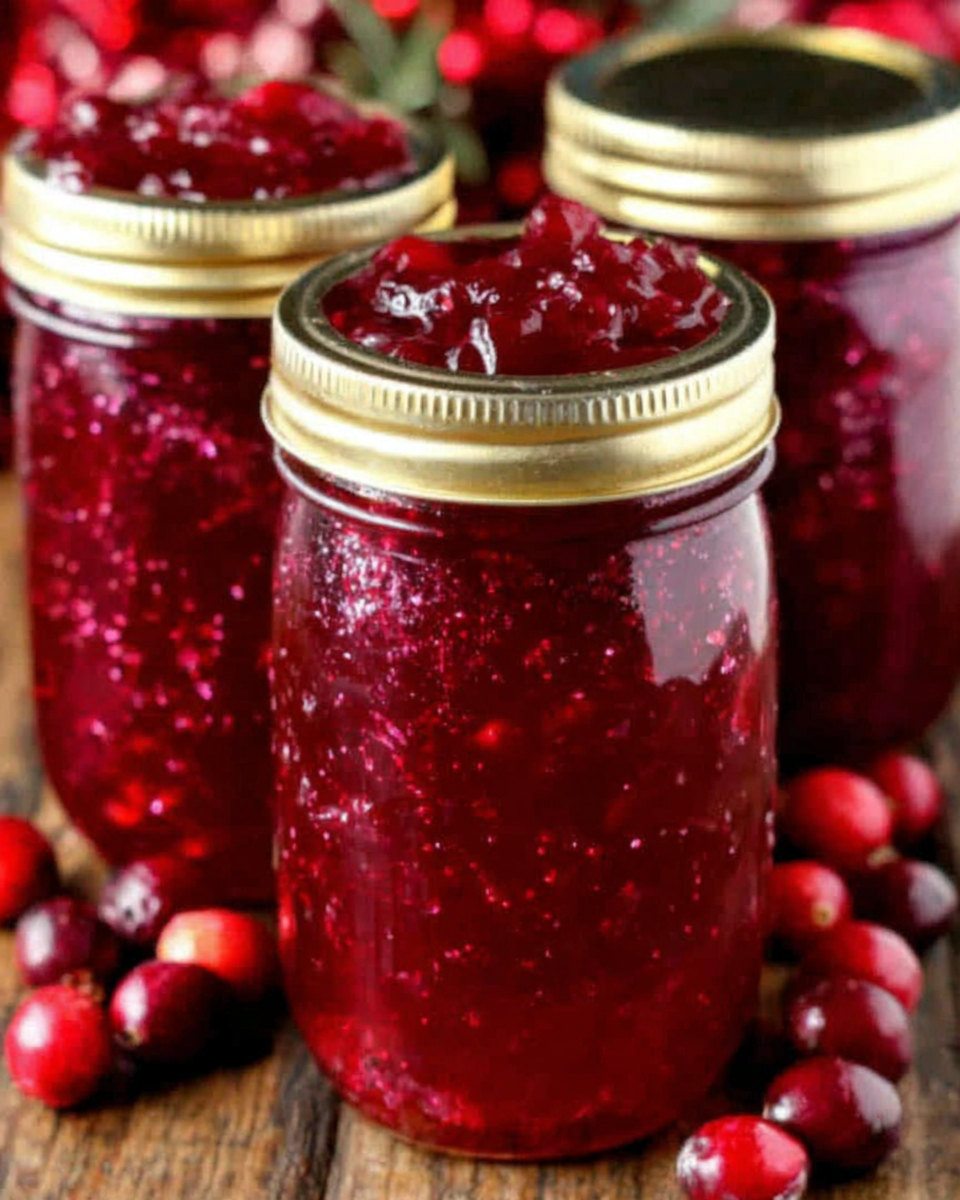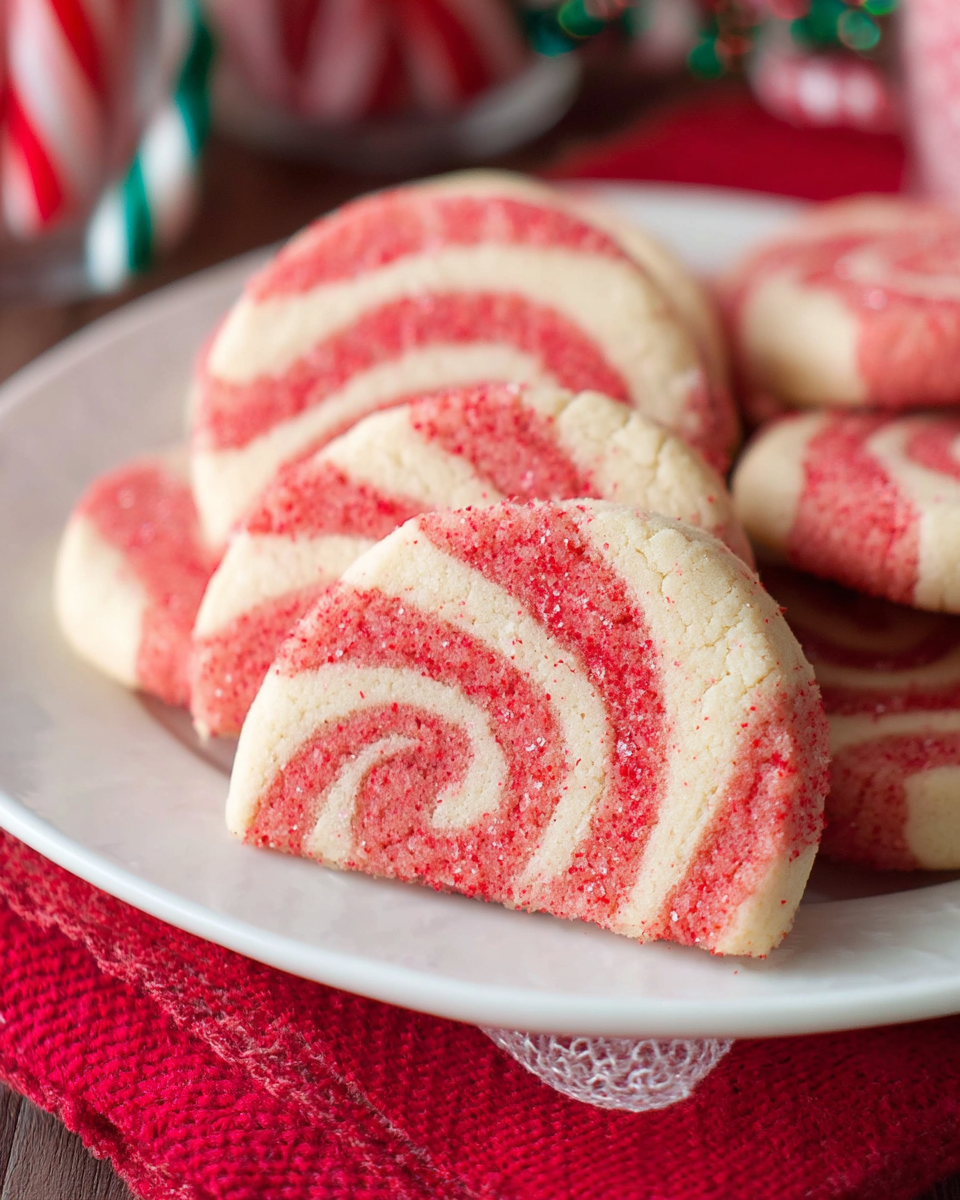Introduction
Thanksgiving isn’t just about the turkey; it’s also about the accouterments that elevate the meal. Among these, Grandma's classic stuffing stands out, rich with flavors and textures that evoke warmth and gratitude. This recipe embodies tradition, passed down through generations, reminding us that the best memories are often tied to the dishes we share.
Crafted from simple, pantry staples, Grandma's stuffing is a testament to the idea that profound flavors can come from humble beginnings. Each bite serves not only to complement the turkey but also to connect us with family heritage, evoking a sense of belonging and nostalgia. As you gather around the table, let this stuffing be the anchor of your Thanksgiving feast.
Ingredients
- 1 loaf (about 1 pound) of bread, cubed
The bread serves as the base of the stuffing, providing structure and absorbing flavorful liquids during cooking. A mix of different breads can add more depth to the texture and taste. - 1 medium onion, diced
Onions add a sweet, aromatic foundation to the stuffing. They soften as they cook, releasing their natural sugars and infusing a rich flavor. - 2-3 celery stalks, diced
Celery contributes a crisp texture and refreshing flavor. It balances the richness of the dish with a subtle earthiness, making the stuffing more complex. - 1 cup chicken or vegetable broth
Broth keeps the stuffing moist while adding depth and umami flavor. It’s essential to ensure the stuffing is juicy without being overly soggy. - 1 teaspoon dried sage
Sage is a classic herb for Thanksgiving stuffing, imparting a warm, earthy flavor that pairs beautifully with poultry. It reminisce the traditional tastes of autumn. - 1 teaspoon dried thyme
Thyme offers a slightly minty, lemony flavor that complements the stuffing’s savory notes. It brightens up the dish, enhancing the overall taste. - 1 teaspoon salt
Salt is crucial for enhancing all flavors in the stuffing. It brings out the natural sugars in the bread and vegetables, making each bite more enjoyable. - 1/2 teaspoon black pepper
Black pepper adds just the right amount of heat and depth to the stuffing, balancing out the other milder flavors and enhancing the overall taste. - 1 cup sautéed mushrooms (optional)
Mushrooms can deepen the umami flavor of the stuffing, adding an earthy richness that complements the other ingredients beautifully. - 1/2 cup dried cranberries or raisins (optional)
Dried fruits provide a touch of sweetness and acidity, balancing the savory elements with a burst of flavor and color.
Directions & Preparation
Step 1: Preheat your oven to 350°F (175°C).
Preheating the oven ensures that the stuffing cooks evenly and thoroughly. This initial heat helps to achieve a golden top that is both crunchy and flavorful.
Step 2: In a large skillet, melt 4 tablespoons of unsalted butter over medium heat.
Butter adds richness and depth to the stuffing. As it melts, it will coat the bread cubes and vegetables, helping flavors to meld while adding moisture.
Step 3: Add the diced onion and celery to the skillet. Sauté until they are soft and translucent, about 5-7 minutes.
Cooking the onion and celery helps to release their flavors and soften their textures, ensuring they blend well with the stuffing base without leaving crunchiness.
Step 4: Stir in the mushrooms, if using, and continue to sauté for an additional 3-4 minutes until they are tender.
If incorporating mushrooms, this step allows them to release their moisture and deepen the stuffing’s flavor. They should blend seamlessly with the other vegetables.
Step 5: In a large mixing bowl, combine the cubed bread, sautéed vegetables, sage, thyme, salt, pepper, and dried fruits if using.
Mixing the bread with the sautéed vegetables ensures that the flavors are evenly distributed. It also allows the bread to absorb seasoning before baking.
Step 6: Pour in the broth gradually, mixing gently until the bread is moist but not soggy.
The broth is vital for ensuring your stuffing maintains moisture during baking. Gradual addition helps you gauge the consistency, avoiding overly wet stuffing.
Step 7: Transfer the mixture to a greased baking dish and cover with foil.
Covering the dish helps to capture steam, allowing the stuffing to cook evenly and prevent it from drying out. It will develop a nice crust when baked.
Step 8: Bake in the preheated oven for about 30 minutes, then remove the foil and bake for an additional 15-20 minutes until golden brown on top.
This two-step baking process ensures the stuffing cooks through while achieving that coveted crispy top, adding a delightful texture contrast.
Step 9: Let the stuffing rest for 10 minutes before serving.
Resting allows the flavors to meld and the stuffing to set, making it easier to serve and scoop without falling apart.

Crafting the Perfect Crust: A Balancing Act
The crust of your stuffing plays a crucial role in its overall success. A perfectly balanced ratio of moist and crispy texture can be achieved by baking it covered for a while, then uncovering it to allow the top to crisp. Ensure that your bread is slightly stale before use, as this will help absorb moisture while maintaining enough structure to create that delicious crust.
Flavor Variations: Personal Touches to Grandma's Recipe
While Grandma's classic stuffing is perfect as-is, experimenting with flavors can bring a new dimension to this beloved dish. Try adding fresh herbs like parsley or rosemary for a garden-fresh taste, or introducing spices such as nutmeg for warmth. Incorporating nuts like walnuts or pecans can also add crunch and richness, making the stuffing uniquely your own.
The Heart of Family Gatherings: Creating Memories
Thanksgiving stuffing is more than just a side dish; it's a centerpiece of family gatherings. Each scoop opens the door to stories, laughter, and connection. Encourage family members to share their memories related to this comforting dish while enjoying it together. This tradition offers a wonderful opportunity to bond, creating new memories as you savor the flavors of those that came before.
FAQs
What if my stuffing turns out too dry?
If your stuffing is dry, you can add more broth gradually while mixing it. Be cautious not to make it overly wet; you want it moist but not soggy.
Can I use different bread types for this stuffing?
Absolutely! Mixing different types of bread, like sourdough or cornbread, can add unique flavors and textures to your stuffing.
How can I enhance the flavor if it tastes bland?
If your stuffing seems bland, consider adding more salt, freshly ground black pepper, or additional herbs like oregano or basil to brighten it up.
What should I do if the stuffing looks too thick in the baking dish?
If your stuffing appears too thick, gently drizzle more broth over the top before baking to ensure even moisture distribution.
Can I add protein like sausage to the stuffing?
Definitely! Browned sausage or even shredded chicken can add a savory richness that complements the stuffing's flavors.
How do I adjust the recipe for a larger gathering?
To scale up, simply multiply the ingredient quantities based on the number of servings needed, keeping the same ratios for flavors.
Conclusion
Grandma's classic Thanksgiving stuffing is more than just a dish; it's a cherished tradition that brings families together. By preparing this beloved recipe, you’re weaving memories into your holiday tapestry, enriching the experience for everyone at the table.
As you dish out the stuffing this Thanksgiving, remember the love and stories behind each ingredient. Enjoy the warmth of family, the flavor of shared meals, and the joy of connection, making this holiday one to remember.
Recipe Card

Delightful Festive Christmas Cupcakes to Share
Ingredients
- 1 ½ cups all-purpose flour
- 1 cup granulated sugar
- ½ cup unsalted butter softened
- 2 large eggs
- 1 cup whole milk
- 1 tsp vanilla extract
- 1 ½ tsp baking powder
- ½ tsp salt
- 1 tsp ground cinnamon
- ½ tsp nutmeg
- 3 cups powdered sugar
- ½ cup cream cheese softened
- 1 tbsp milk for the frosting
- Sprinkles and edible decorations
Instructions
- Preheat your oven to 350°F (175°C).
- Line a cupcake pan with paper liners.
- In a large bowl, cream the softened butter and sugar together until light and fluffy.
- Add the eggs one at a time, beating well after each addition.
- Mix in the vanilla extract and milk until combined.
- In another bowl, whisk together the flour, baking powder, salt, cinnamon, and nutmeg.
- Gradually add the dry ingredients to the wet mixture, mixing until just combined.
- Divide the batter evenly among the prepared cupcake liners.
- Bake in the preheated oven for 18-20 minutes, or until a toothpick inserted comes out clean.
- Let the cupcakes cool in the pan for 5 minutes, then transfer to a wire rack to cool completely.
- While the cupcakes cool, prepare the frosting by beating together the cream cheese, powdered sugar, and milk until smooth and fluffy.
- Once the cupcakes are completely cool, frost them generously with the cream cheese frosting.
- Decorate with festive sprinkles and edible decorations as desired.
Notes
Additional serving suggestions: pair with a crisp salad, garlic bread, or roasted seasonal vegetables for balance.
For make-ahead, prep components separately and assemble just before heating to preserve texture.
Taste and adjust with acid (lemon/vinegar) and salt right at the end to wake up flavors.







